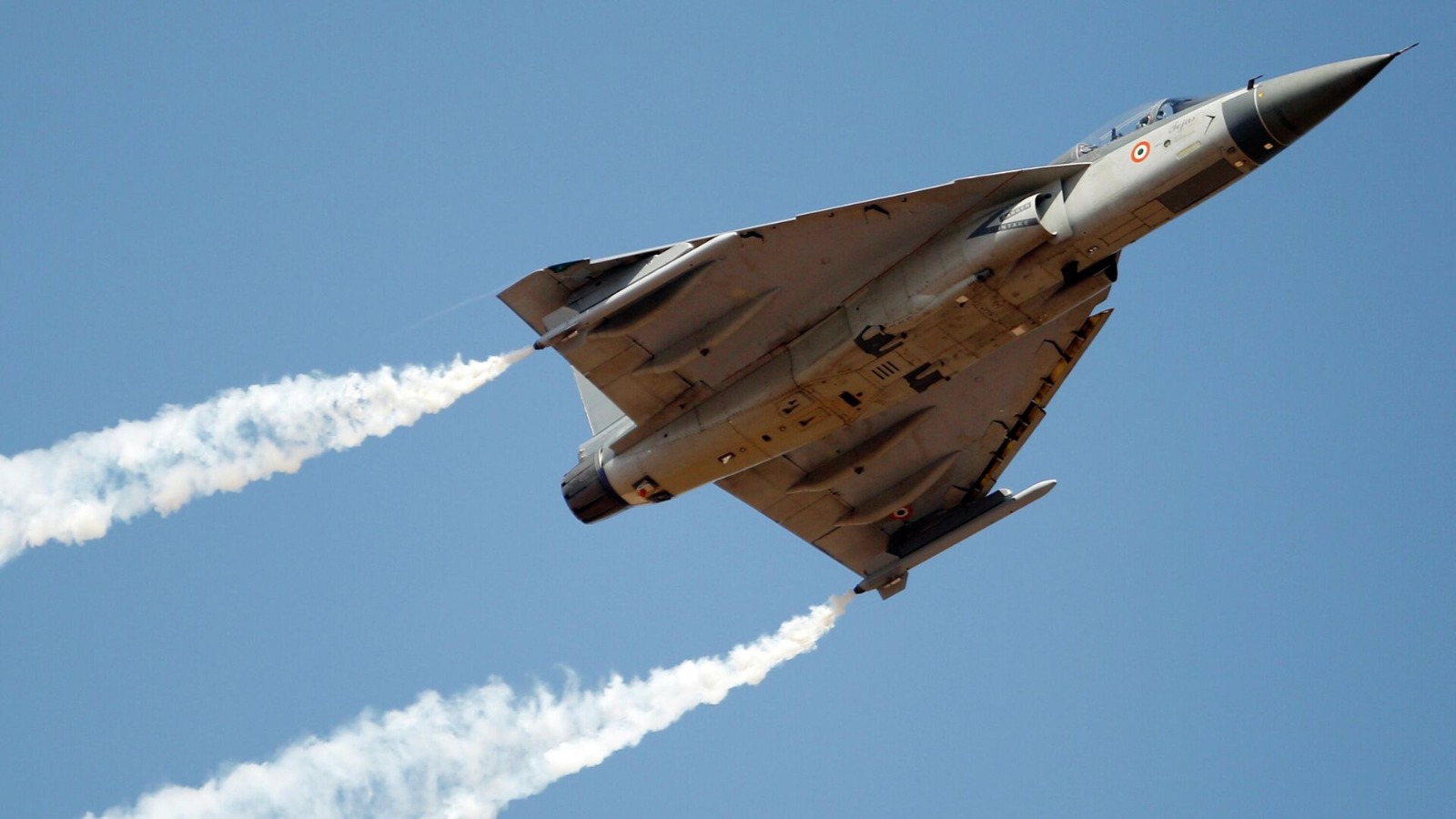In what is the highest-ranking Indian dignitary since Prime Minister Narendra Modi’s visit in 2023, Defence Minister Rajnath Singh reached the US. The visit has come at the invitation of his American counterpart Lloyd Austin amidst the delay in the delivery of GE engines pushing back the delivery of the Indian Light Combat Aircraft variant LCA Tejas Mk1A.
US-India ties have been riding on the momentum gained during Prime Minister Modi’s visit. A series of big-ticket deals were inked, including the GE engines for the Indian fighter jet and sending an Indian astronaut to the International Space Station in the American space shuttle. Both these deals have yet to materialize.
Two Indian Astronauts are already in the US for training for the space mission, which has been pushed back to 2025.
In 2023, US engine maker GE Aerospace inked an agreement with Indian Aerospace maker Hindustan Aeronautics Limited that included the potential joint production of the F-414 engines in India that will power the Indian LCA Mk2, the upgraded version of the indigenous fighter jet.
In total, 99 F-404 engines are on order for LCA Mk1A. The first of these fighter jets was to be delivered to the Indian Air Force (IAF) in March 2024. However, the delay in the supply of the F-404 engines has meant that the first jet has yet to be delivered.
US engine maker GE Aerospace has been working with HAL to fix issues. The US company has attributed the delay to supply chain bottlenecks in the aerospace industry. The supply of the F-404 engines has been delayed by around ten months.
HAL intended to deliver 16 LCA Mk1A to the IAF in the financial year 2024-25 and 83 fighter jets to the IAF by 2028-29.
The delay has thrown a spanner in HAL’s production plan and derailed the IAF’s modernization drive to replace its Soviet-vintage MiG-21 fighter jets. The numbers are crucial for the IAF, which is grappling with dwindling fighter jet squadrons.
Defense Minister Singh will raise this issue during his bilateral meeting with Secretary Austin and engage with Jake Sullivan, the US National Security Adviser. The visit will strengthen India-US relations, particularly in defense, and is expected to enhance the India-US Comprehensive Global Strategic Partnership further.
Even though the LCA Mk1A has yet to be delivered, orders for 97 more of these variants are expected soon. The Indian defense ministry cleared the acquisition at a cost of Rs. 67,000 crore in April.
The HAL-GE Aerospace collaboration is important for India’s indigenous fighter jet program. It is beneficial for GE Aerospace’s selection for the prototype development, testing, and certification of the AMCA program with our F414-INS6 engine. In addition, GE will continue to collaborate with the Indian government on the AMCA Mk2 engine program.
The deal entails an 80 percent transfer of technology and is estimated to be worth around US 1 billion. The ToT for the F414s will cover 11 critical areas, many of which were out of reach for India so far.

MQ-9B Sky Guardian For India
While the engine deal is yet to be executed, the deal for selling 31 MQ-9B ‘hunter-killer’ is being expedited and is expected to be inked before the end of 2024.
Discussions for purchasing 31 of these drones are in the advanced stage now. Fifteen are earmarked for the Indian Navy, while eight each will go to the Indian Army and the Indian Air Force. The first deliveries are expected by 2026.
The deal will be a capability booster for India as it remains locked in a hostile relationship with China since 2020. While upping the ante on its de-facto border with India, Beijing has been arming Islamabad with Hong-4 and Wing Loong II drones.
The forces are gearing up to station these strategic assets in two states in the country, covering not only its land borders with Pakistan and China but also the vast expanse of the Indian Ocean Region (IOR).
The American ‘Hunter Killer’ drones will come equipped with not only state-of-the-art surveillance equipment but also lethal weapons, including hellfire missiles and laser small-diameter bombs.
The American Defense Security Cooperation Agency has already notified the US Congress about approving the sale to India through a Foreign Military Sale. The deal is estimated to cost around US $3.99 billion.
The Indian Army and Air Force have identified Sarsawa and Gorakhpur in Uttar Pradesh as the operations centers for these assets. Both services are reported to station four of their Predators at each base.
The MQ-9B can take off from a small runway as short as 4,000 feet using an Automatic Takeoff and Landing Capability (ATLC), making it suitable for the Indian Army operating in remote regions. It requires a handful of essential personnel for support.
With a range of 1800 kilometers and 36 hours of endurance, these assets will effectively cover the country’s western and eastern borders. A commander can use the MQ-9Bs onboard sensors and weapons to conduct armed reconnaissance and pre-planned strikes. MQ-9s can find, fix, track, target, engage, and assess critical emerging targets (both moving and stationary).
The Indian Navy is expected to station its drones in Tamil Nadu’s INS Rajali, from where it operates its two MQ-9Bs taken from the US on lease. These Predators will keep an eye on the Indian Ocean Region, backing the Indian Navy’s anti-piracy efforts and deterring the forays of Chinese submarines in the region.
- Ritu Sharma has been a journalist for over a decade, writing on defense, foreign affairs, and nuclear technology.
- The author can be reached at ritu.sharma (at) mail.com
- Follow EurAsian Times on Google News